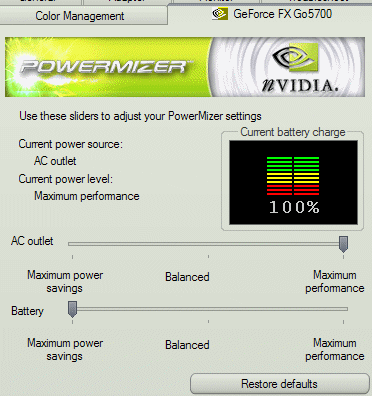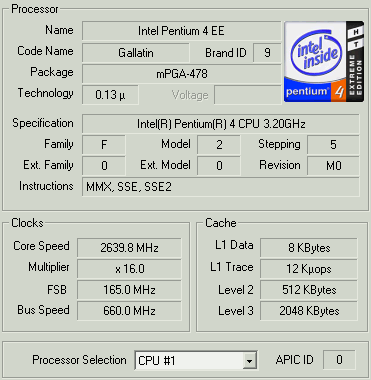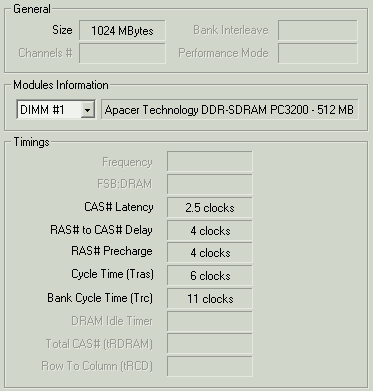System Setup and Notes
Hardware
- Alienware Area51-m Extreme, 3.2EE, 1GB, GeForce Go5700 128MB
- Time Platina Athlon 64 Laptop, Model 3200+ Athlon 64, 1GB, Radeon 9600 64MB
- HEXUS Athlon FX-51 reference platform, Athlon FX-51, 1GB, Radeon 9800XT
Software
- Windows XP Professional w/SP1
- NVIDIA Detonator XP 56.55 (Alienware)
- ATI CATALYST 4.1 and Control Panel (Time, Reference)
- SiS AGP Driver 1.17 (Alienware)
- SiS IDE Driver 2.04a (Alienware)
- VIA Hyperion 4.51v (Time, Reference)
- HEXUS Pifast v41
- Simplisoft HDTach 2.61
- Kribi Bench 1.19
- Sciencemark 2.0
- 3DMark 2001SE v330
- Quake3 v1.30 HQ (four demo)
- LAME 3.92MMX MP3 Encoding(192CBR, U2's Pop album)
- Realstorm Ray Tracing
- X2: The Threat - Rolling Demo
Notes
The Area51-m Extreme gets to trade blows with a high spec Athlon 64 laptop and my SK8V reference box. I've chosen to use the Go5700 for some contrast and ease of use (it's a lot easier to find relatively new Detonator's that support Go mobile parts, finding a version of the CATALYST set > 3.8+ that would install on the Alienware was an impossible task). That highlights problems in getting laptop vendors to validate and prepare new drivers for their hardware, to match the latest version of the driver for desktop hardware.The driver for the Go5700 supports NVIDIA's PowerMizer power saving driver module.

It adjusts clock speeds and image quality depending on whether you're on the move or tied to mains power. Clock adjust sets 100MHz GPU core frequency on battery power at the maximum power saving level, down from 350MHz when clocked on the mains. Image quality gets adjusted too, from High Quality to High Performance, saving power while the GPU doesn't have to work so hard.
For the purposes of the benchmarks, the Alienware was tied to the mains at all times, to highlight full speed power. It'll see mains power for most of its life, so the lack of battery life performance points is fine. Battery life will be examined after the benchmarks, PowerMizer's effect included.
CPU-Z
CPU-Z is a useful tool to check just what the hardware is doing before benchmarking begins.CPU information first, on battery power so you can see how the Alienware adjusts CPU frequency to increase battery life. Formal CPU frequency was an even 3200MHz on a solid 200.0MHz front side bus. And yes, I wasn't joking, it really is a P4 Extreme Edition in a laptop.

165MHz front side bus speed, for a final CPU frequency of 2.64GHz. It simply decreases front side bus frequency to 165MHz, from the default 200Mhz.
Motherboard properties next.

Note AGP2X being set. It was stuck at that despite any setting changes being made, bear it in mind during the benchmarks, for what little effect it should have.
Memory timings now, plus confirmation of density and module maker.

2.5-4-4-6 is respectable for laptop SODIMMs at DDR400. Apacer get module duties, a pair of DDR400 SODIMMs installed, 512MB each. Density is confirmed in the top left, a heady 1024MB.









